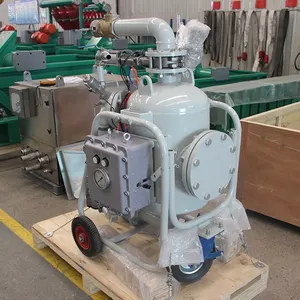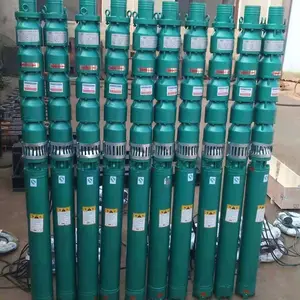Axial Flow Oil Pump Overview
An axial flow oil pump is a specialized device designed to transport oil by generating a flow along the axis of the impeller. These pumps are integral components in various industrial applications, offering a streamlined solution for the movement of oil in a continuous and consistent manner. Their design is characterized by the rotor, which is equipped with blades that propel oil axially, making them distinct from other pump types that move fluids radially or mixed.
Design and Operation
The construction of an axial flow oil pump is tailored to ensure minimal energy consumption while maximizing flow rates. This is achieved through a careful balance of rotor blade design and pump casing shape, allowing for the smooth passage of oil. The operational efficiency of these pumps is evident in their ability to handle large volumes of oil with a relatively low head, which is particularly beneficial in applications requiring the movement of fluid over long distances.
Applications and Uses
Industrial oil transfer pumps such as axial flow variants are widely used in sectors that require the bulk movement of oil, including but not limited to, agriculture, municipal water management, and certain manufacturing processes. Their ability to operate under varying conditions makes them suitable for tasks ranging from flood control to irrigation systems, highlighting their versatility.
Features and Materials
The robustness of an axial flow oil pump is largely due to the materials used in its construction. Typically, these pumps are manufactured using materials that resist corrosion and wear, such as stainless steel or other durable alloys. This ensures longevity and consistent performance, even in environments where they may be exposed to harsh substances or high levels of moisture.
Selection Criteria
When selecting an axial flow oil pump, it is crucial to consider factors such as the required flow rate and the nature of the application. The pump's specifications should align with the operational demands to ensure efficiency. Additionally, the physical dimensions of the pump must be compatible with the installation space, ensuring a seamless integration into existing systems.
Advantages of Axial Flow Pumps
The primary benefit of utilizing an axial flow oil pump is its proficiency in moving large volumes of oil with a high degree of efficiency. This efficiency is not only beneficial in terms of energy consumption but also contributes to the overall cost-effectiveness of the operation. Furthermore, the streamlined design of these pumps often results in a smaller footprint, saving valuable space in facilities.












































 浙公网安备 33010002000092号
浙公网安备 33010002000092号 浙B2-20120091-4
浙B2-20120091-4